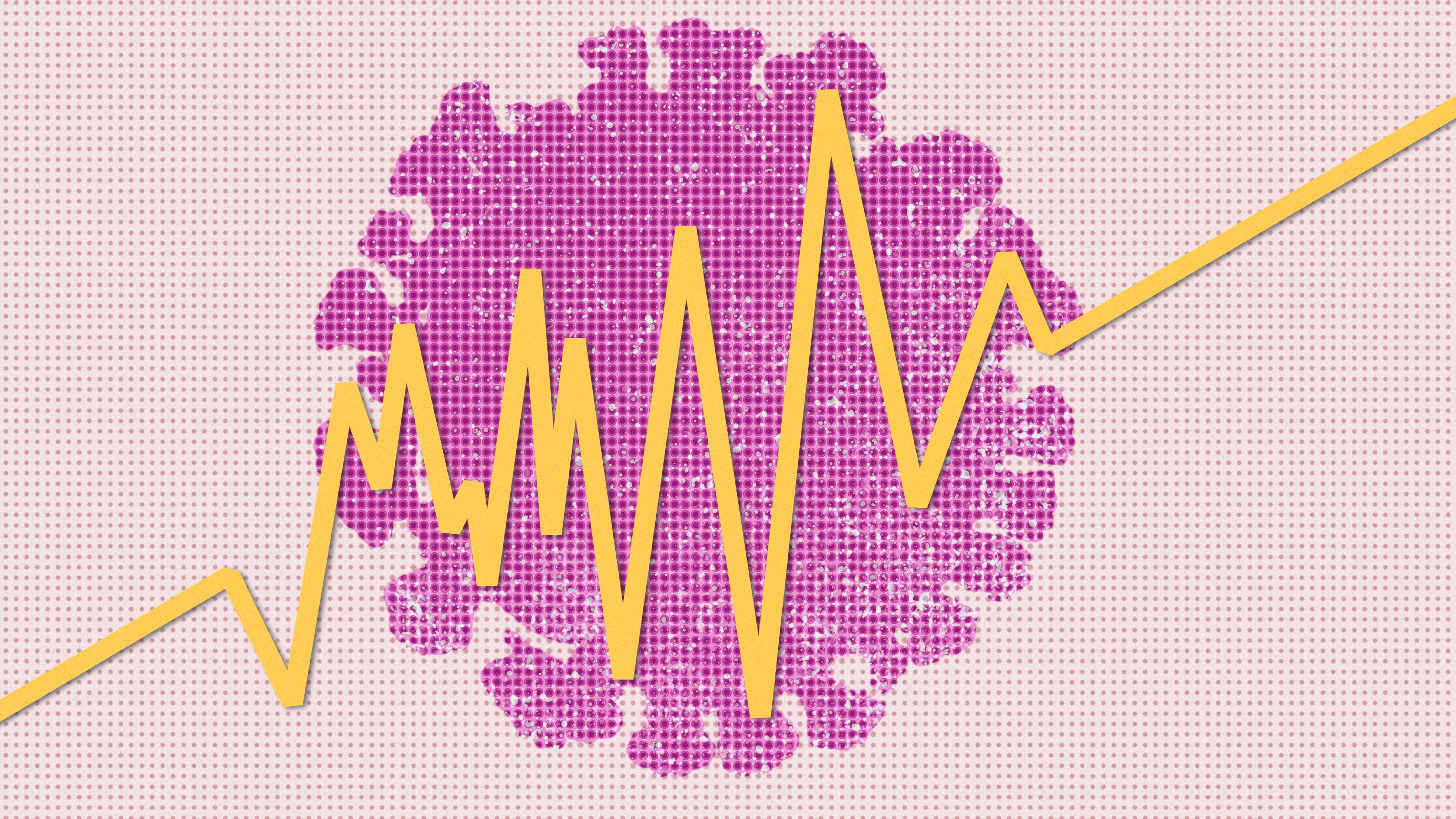Post-Pandemic Executive Coaching for Measurable and Business Impact
The pandemic has heightened the need for executive coaching. An experienced executive coach provides an outside-in perspective, and valuable and fresh insights into the current environment, as many organizations adapt, refocus, and restructure.
The success of executive coaching programs shows that investment in well-designed and implemented programs provides real-time support and measurable business impact.
At CMP, we design our coaching programs into a two-phased, five-step process, providing a proven process for value-add coaching.
Phase 1: Implement an ROI of Coaching Design
In Phase 1 of ROI coaching, we construct what we call the "Coaching Value Chain." This phase is where we connect our coaching focus to your desired business outcomes in the first three of our five steps:
1. Coaching Outcomes
2. Coaching Behaviors
3. Business Outcomes
Step 1: Coaching Outcomes
To begin, we agree on coaching outcomes or, in other words, what the end goal looks like for everyone. This step enables more effective management of people and resources, and it is always client-centered. It begins with us, at CMP, gaining a clear understanding of your organization's current leadership capabilities. This knowledge will enable us to tailor our program to your organization's needs, allowing for the greatest possible impact on your current and future leadership roles.
To understand your organization's current leadership capabilities, we focus on the following:
• Targeted assessments
• 360-type feedback
• Discussion with a manager(s)
Finally, we answer this question: What two or three capabilities will have the greatest positive impact on a leader's performance? The answer to this question could address a leader's potential performance gaps and give us a better understanding of how to measure their latent strengths.
Step 2: Coaching Behaviors
After deciding on the goals and completing the assessments, Step 2 is identifying which behaviors can be coached. For every coaching outcome that we determined in Step 1 of this process, there are often one or more identifiable behaviors or skills we can work on with a coachee. This step focuses on defining what these new behaviors are, both in observable and measurable terms.
Step 3: Align Coaching with Business Outcomes
Step 3 is the completion of the "Coaching Value Chain," in which we connect the coaching to business outcomes—specifically, the outcomes that are core to your business strategy. This connection is simple, and it is identified by answering one question: If we are successful in acquiring these behaviors, what will be the measurable impact on your business?
Phase 2: Coach for ROI
All the assessments and planning in Phase 1 lead our approach in Phase 2, where CMP provides coaching support in alignment with the target enabling behaviors and outcomes previously defined. In doing so, we deploy the coaching style and tools needed to build a coachee's and company's capability. This requires the career coach to be a teacher, listener, challenger, accountability partner, and supporter—often in the same meeting. Our approach is always driven by what is needed by the coachee, in conjunction with your ROI goals.
This phase includes the last two steps:
4. Measure Behavioral Change
5. Measure Business Outcomes
Step 4: Measure Behavioral Change
After coaching begins, there is generally a lag effect between seeing improvement in key behaviors and business outcomes. By conducting regular reviews of the behavioral changes, a feedback loop is created, reinforcing, and embedding the new behaviors in the coachee. These advancements in key behaviors need to occur for weeks or months before there is a measurable impact on business outcomes, but results will eventually manifest themselves.
Step 5: Measure Business Outcomes
If the coaching has been successful, there should be clear improvements in business outcomes as defined in Phase 1. However, when measuring the impact on business outcomes, it is essential to note that other variables have likely influenced the results outside the actual coaching behaviors. For example, an improvement in profitability may result from some key strategic decisions and a leader's improvement in management and engagement. Having said that, when you ask the coachee's manager(s) and any other key stakeholder, "What was the ROI impact of the new behaviors and outcomes?" you will almost always get consistent answers and a consensus on the impact of the coaching.
Conclusion
Recognizing the value of bringing individuals and organizations into alignment and knowing the benefits of creating a better and sustainable organization that knows how to leverage individual qualities will produce measurable behavioral change and business outcomes. As you consider how to build the credibility and impact of coaching in your organization, be thoughtful in the design of each coaching engagement and your coaching program.
The approach in this article builds upon CMP's years of experience learning how to meet our clients' expectations to measure and leverage their coaching investment. To learn more on CMP's Executive Coaching 2 phased approach, read CMP's Coaching for ROI: Design Executive Coaching for Measurable Impact e-Book.



